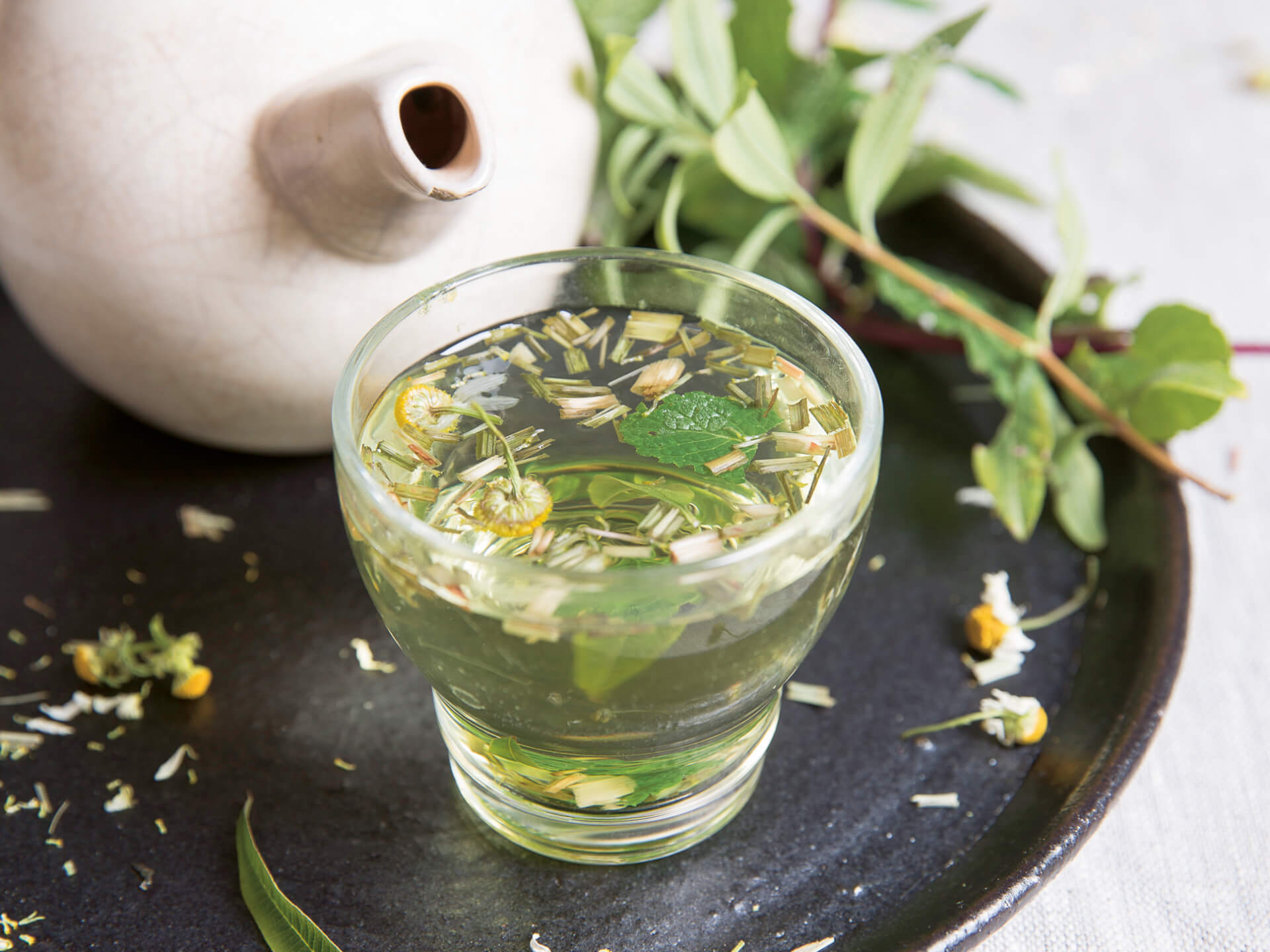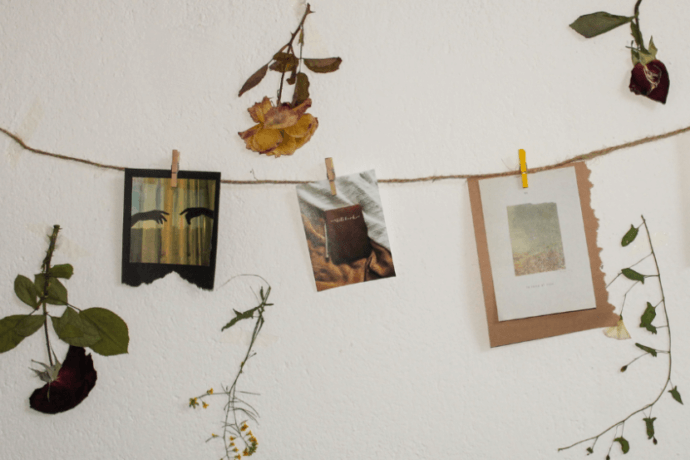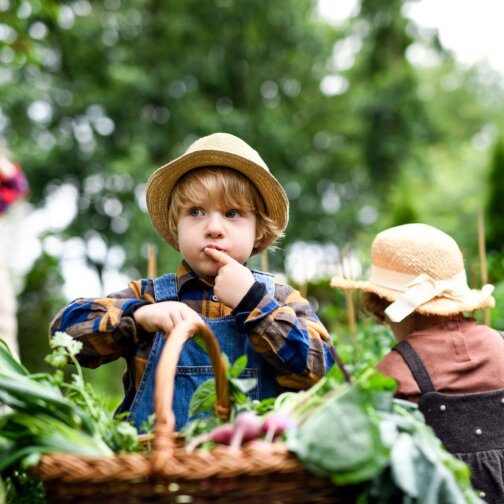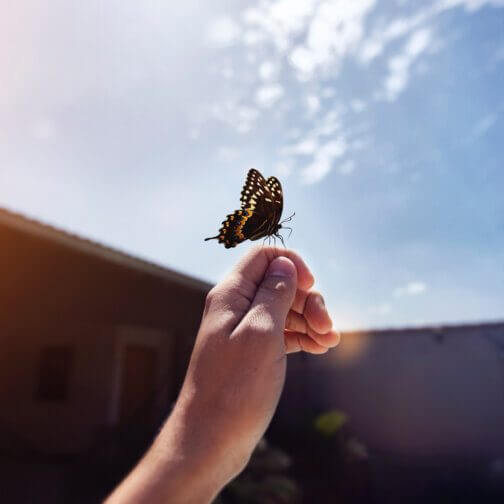
Connect with nature and the now, and learn to love slow living.
Slow down. Simplify. Let go. Whether you live in an apartment, have a small patch of urban greenery or an expansive jungle at your door, there are small and simple ways you can connect with nature and weave more intention, purpose and joy into your everyday life.
Tune in to the moment, climb a tree, bathe in a forest. Sprout your own seeds, grow herbs, preserve abundance and read the different phases of the moon. Be guided by the stars, watch the sunrise, smell the rain. Be unhurried, unstructured, unencumbered. Put down the devices, quiet the noise in your mind and let your only connectivity be with nature, your community, your friends, your family, and of course, yourself.
Tea time
Herbal teas are also called tisanes, and are made by infusing or decocting plant materials, and sometimes herbs and spices, in hot water. Create your own brews to be enjoyed hot, cold or somewhere in between, and watch your plants unfurl their flavours.
Herbal teas are distinct from black and green teas as they are not caffeinated, and are enjoyed the world over. In Morocco, mint tea is drunk with handfuls of fresh mint and generous helpings of sugar. In Turkey, apple tea is popular for its sweetness and refreshing qualities. In Egypt, tea is the national drink, and hibiscus leaves are a household staple.
Properties of plants for tea
You can grow plants selected for their taste or their medicinal properties. In most instances, the leaves of your herbs are harvested to make teas; however, with some plants such as lemongrass, you can also use the flowers, roots and stems. The following herbs are well known for their medicinal properties – and are also delicious.
- Applemint (leaf) aids digestion and relaxes the stomach.
- Calendula (flower) soothes inflamed skin, heals and cleanses.
- Chamomile (flower) soothes and relaxes the gastrointestinal tract and nervous system.
- Lemongrass (leaf) relaxes the stomach and intestinal muscles.
- Liquorice (root) calms upset stomachs, cleanses the body and builds immunity.
- Nettle (leaf) relieves arthritis, is a diuretic, and eases anaemia and tiredness.
- Peppermint (leaf) aids digestion, and soothes fevers and colds.
- Rosemary (leaf) improves memory and concentration, relieves stress, improves liver function and helps to prevent cardiovascular disease.
- Sage (leaf) eases menopausal flushing, improves memory and is good for sore throats and gum problems.
- Yarrow (leaf) helps to heal wounds, treat coughs and colds, and aids an upset stomach.
Method
Gather herbs of your choice, kettle and water, teapot and cups. Rinse a handful of herbs in cold water, and strain. Put rinsed herbs into a teapot, cover with boiling water and infuse for 3–5 minutes. If you don’t mind strong tea, you can leave the herbs in.
Drying leaves
Leaves can be harvested fresh from the plant, or dried. To prepare leaves for drying, wash them and shake off any excess moisture. Tie a handful of stems together and, with the leaves pointing downwards, hang in a cool dry spot in your home or garage. You’ll know they have dried sufficiently when they crumble easily. Store them in a glass container or sealed plastic bag.























